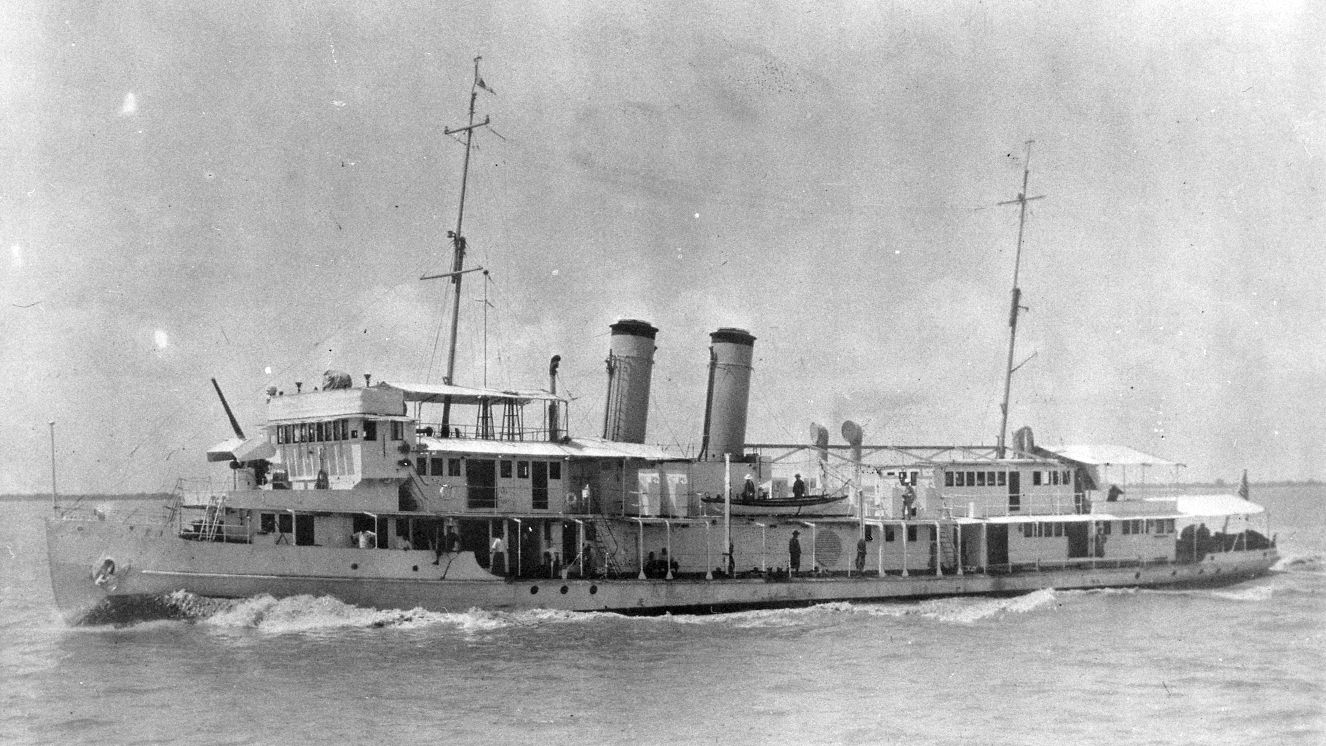NUCLEAR DETERRENCE: KEEPING THE WORLD ALIVE SINCE 1949

Nuclear war. The thing we’ve all been trying to avoid since we figured out how to do it. Nuclear deterrence. The way we try to avoid it. Unlike other forms of warfare, all destructive in their own right, nuclear weapons bring massive payloads to areas with a single strike. Since 1945, the world has learned the power of nuclear weapons, and it’s been a catch-22 from then on out. Nations are looking to develop them, but at the same time, nobody wants to use them. Now, we’ve gotten to a point where if one nuclear weapon is used, it leads to another and another and another until minutes after we all lose connection to our electronic devices due to EMPs, we all collectively find out once and for all which religion is right about the afterlife. This is a problem because billions of people could instantly be evaporated and the Earth forever scarred with nuclear fallout. This is what makes nuclear deterrence such an important part of America’s military strategy. More like this:Mutually Assured Destruction Is Preventing Nuclear War
What Are Nuclear Deterrent Forces?
The nuclear deterrent theory is simple. We’re betting that while a nation may be okay with going to war, they aren’t okay with going into a war that brings about the end of civilization as we know it. Since America can build, use, and detect nukes, our stance is to have them so that others won’t use them. Because if they use them, we use them. And if we use them, other nuclear devices will also be launched. It’s a vicious cycle that doesn’t last long, and in the end, we all go “BOOM!” It’s known as mutually assured destruction (MAD), and it’s exactly what it sounds like. This is why nuclear deterrence is a component of America’s nuclear defense efforts. The Department of Defense (DoD) even outlines 21st-century nuclear deterrence and missile defense as priorities in keeping Americans safe. Nuclear defense comes in many different shapes and forms depending on the government, the branch of the military, and the nuclear weapon being used. The most obvious comes in the form of anti-ballistic missiles, which are made to intercept incoming nuclear missiles. However, nuclear deterrent forces are there to maintain arsenals of nuclear weapons in the hopes that cooler heads prevail and nobody presses any buttons they may regret.
The Deterrence Theory Has Both Proponents and Opponents
Nuclear deterrents may continue to play a role in our nation’s defense, but that doesn’t mean that everyone is on board. Nuclear forces, better known as the Nuclear Weapon States, can already make and use nuclear weapons. A major component of nuclear deterrence is not the elimination of such weapons altogether but rather the trust and gamble that other nations won’t use theirs if you can use yours. Nuclear proliferation is when new nations who can’t already create and use nuclear weapons become capable of such means. There are treaties and discussions within the international community that are both pro and anti-nuclear proliferation, but regardless, the more nations with nuclear weapons there are, the more there is to manage to ensure that a nuclear war or MAD isn’t achieved. This brings us to the other side of things. Those who oppose nuclear deterrence look at the idea of creating more nuclear arms as just adding to the problem. Again, more arms mean more management to avoid MAD; however, even if America decides to forfeit all of its nuclear weapons, it would have to ensure that every other nation with nuclear weapons would, too. This also means that if someone incapable of nuclear weaponry were to develop theirs in secret, the U.S. would be at a stark disadvantage and under threat of attack. It’s a complex subject. Politics come into play, both domestic and international, and is an issue that doesn’t seem to be going away any time soon. While the threat of a nuclear strike on America continues to be low, it’s always an important consideration that politicians and military personnel must continue to get right.
NATO Nuclear Deterrence Aims at Keeping the Peace
NATO's nuclear deterrence policy and forces continue to use a mix of strategies, including a stockpile of nuclear weapons, arms control, disarmament, and non-proliferation. America has nukes; that’s a given, but of the 29 U.S. allies of NATO, only two others are nuclear states: the United Kingdom and France. Even as some of the usual suspects ramp up nuclear capabilities, including North Korea, Iran, Russia, and China, NATO is ready to deter and defend against the prospect of nuclear war. These measures help protect the member nations and humanity as a whole. Suggested read:How Do You End Nuclear War? More Nukes Apparently
BY BUDDY BLOUIN
Buddy Blouin is a Contributing Writer at VeteranLife.com
Buddy Blouin is a Contributing Writer at VeteranLife.com



